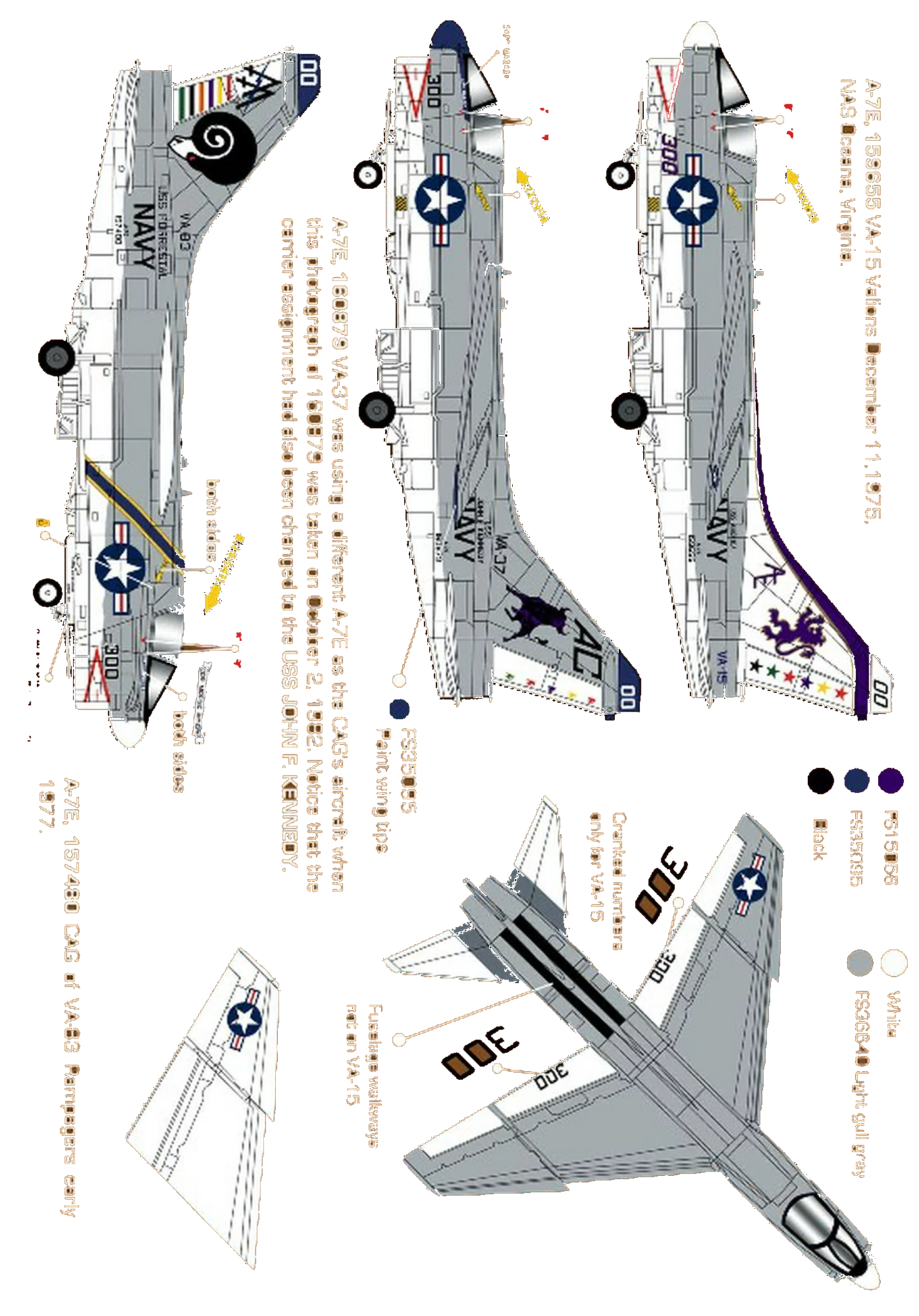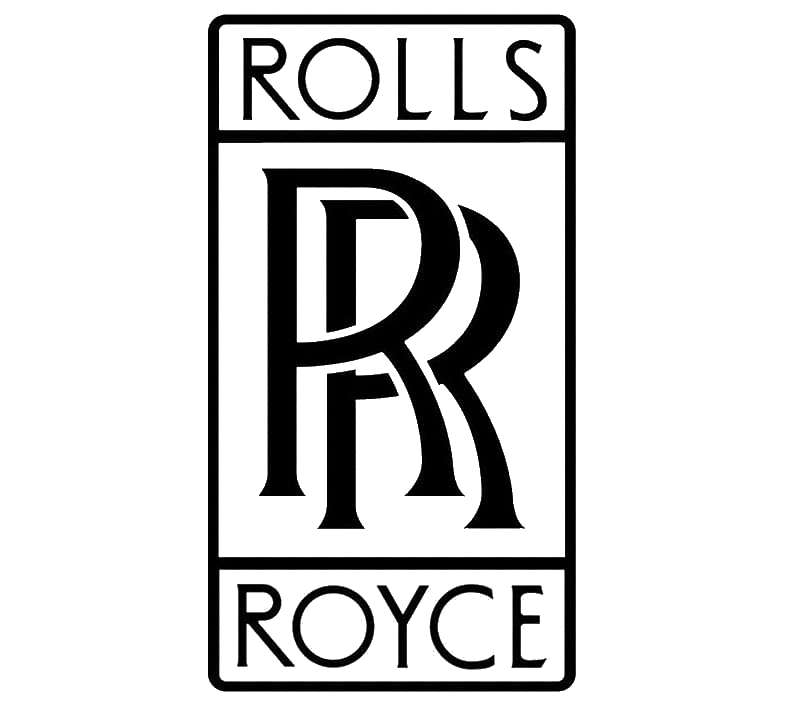Travel Air "Curtis Wright" Travel Air 4000
Role Biplane aircraft Manufacturer Travel Air, Curtiss-Wright Designer Lloyd Stearman First flight 13 March 1925[1] Introduction 1925 Status Retired Primary user Private owners, aerial sightseeing businesses Produced 1925–1930 Number built approx 1,300[1]
.
History Travel Air "Curtis Wright"
Travel Air 4000 First Flight 13 March 1925
Introduction 1925

The Travel Air 2000/3000/4000 (originally, the Model A, Model B and Model BH were open-cockpit biplane aircraft produced in the United States in the late 1920s by the Travel Air Manufacturing Company. During the period from 1924–1929, Travel Air produced more aircraft than any other American manufacturer, including over 1,000 biplanes. While an exact number is almost impossible to ascertain due to the number of conversions and rebuilds, some estimates for Travel Air as a whole range from 1,200 to nearly 2,000 aircraft
The Travel Air Model A was engineered chiefly by Lloyd Stearman, with input from Travel Air co-founders Walter Beech, Clyde Cessna, and Bill Snook and could trace its ancestry back to the Swallow New Swallow biplane. The Travel Air, however, replaced the New Swallow's wooden fuselage structure with a welded steel tube. An interim design, the Winstead Special, was developed by the Winstead brothers from a metal fuselage frame developed at Swallow by Stearman and Walter Beech, but subsequently rejected by Swallow president Jake Moellendick, a decision which triggered the departure of both Stearman and Beech, and the creation of Travel Air. Until the appearance of the all new 12/14/16 series, all subsequent Travel Air biplanes would be derived from the Model A

The Travel Air biplanes were conventional single-bay biplanes with staggered wings braced by N-struts. The fuselage was fabric-covered welded chromium-molybdenum alloy steel tubes, faired with wooden battens and they had two open cockpits in tandem, with the forward cockpit carrying two passengers side by side.
In common with the Fokker D.VII that they resembled, the rudder and ailerons of the first Travel Air biplanes had an overhanging "horns" to counterbalance the aerodynamic loads on the controls, helping to reduce control forces and making for a more responsive aircraft. These were the distinctive Travel Air "elephant ear" ailerons which led to the airplane's popular nicknames of Old Elephant Ears and Wichita Fokker. Some subsequent models were offered without the counterbalance, providing a cleaner, more conventional appearance with less drag. Pitch forces could be trimmed out with an inflight-adjustable horizontal stabilizer.
Different, interchangeable wings were offered, including a shorter and thinner wing known as the "Speedwing" which improved speed.
A considerable number of engines were installed, including nearly every mass-produced engine in the 90–300 hp (67–224 kW) range available at the time, and a number of more obscure prototype engines, as can be seen in the list of designation prefixes.
Travel Air entered the specially-modified Model 4000-T in the Guggenheim Safe Aircraft Competition of 1930, but it was disqualified, as were all production aircraft entered during the qualification trials. The Travel Air biplanes were noted for their good flying qualities which may have helped Travel Air outsell all rivals by 1929
0
KmCeiling
0
KmCombat RANGE
0
Km/hAircraft Speed
0
Max Crew
Photo Gallery
Travel Air "Curtis Wright"
Travel Air 4000


Travel Air "Curtis Wright"
Travel Air 4000
General Info
-
-
- Crew: One
- Capacity: Two passengers
- Length: 24 ft 2 in (7.37 m)
- Upper wingspan: 34 ft 8 in (10.57 m)
- Upper wing chord: 66.75 in (1.695 m)
- Lower wingspan: 28 ft (8.74 m)
- Lower wing chord: 55.75 in (1.416 m)
- Height: 8 ft 11 in (2.72 m)
- Wing area: 297 sq ft (27.6 m2)
-
Powerplant
-
-
- Empty weight: 1,335 lb (606 kg)
- Gross weight: 2,180 lb (989 kg)
- Useful load: 845 lb (383 kg)
- Fuel capacity: 42 US gal (160 L; 35 imp gal)
- Oil capacity: 4 US gal (15 L; 3.3 imp gal)
- Powerplant: 1 × Curtiss OX-5 water-cooled V8 engine, 90 hp (67 kW)
-
Performance
- Maximum speed: 100 mph (160 km/h, 87 kn)
- Cruise speed: 85 mph (137 km/h, 74 kn)
- Minimum control speed: 40 mph (64 km/h, 35 kn)
- Range: 425 mi (684 km, 369 nmi)
- Service ceiling: 10,000 ft (3,000 m) no load
- Rate of climb: 550 ft/min (2.8 m/s)
.
Links to Youtube & Others
The MB-339 was developed during the 1970s in response to an Italian Air Force requirement that sought a replacement for the service's existing fleet of Aermacchi MB-326s.
Travel Air "Curtis Wright"
Travel Air 4000
An Aermacchi MB-339 jet had just taken off in formation to head to Vercelli, where it should have perform an aerial exhibition.
Youtube Link
Learn all about the Aermacchi MB-339 with Curator of Aviation Eric Boehm.











